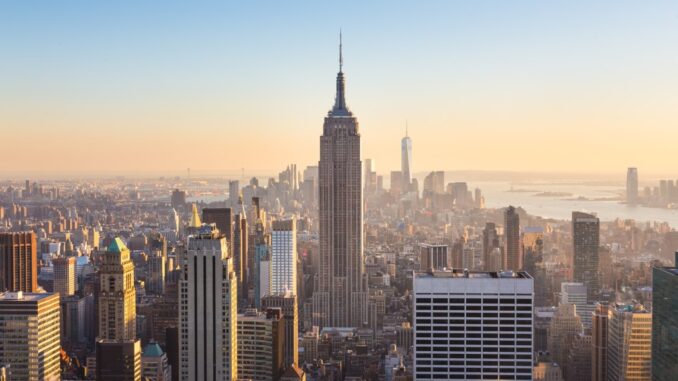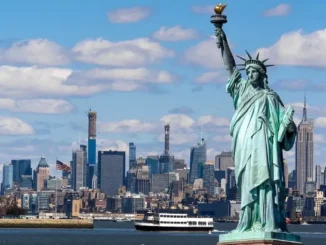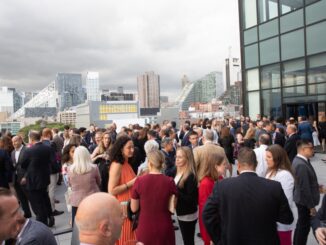
The latest survey by the Real Estate Board of New York estimates Manhattan office attendance at 70% of pre-pandemic levels.
Partnership for New York City president Kathryn Wylde concurs, “Our estimate is that we are 72% of pre-Covid occupancy as of late September,” she said.
Kastle’s most recent “New York metro” estimate was just 48.9%.
Yet the New York Times and other media continue to ignore the REBNY and Partnership stats in favor of Kastle — and portray certain Manhattan commercial districts as “ghost towns.”
To be sure, the surveys use different methods and samples.
REBNY cites Placer.ai location data compiled from mobile-device use at 350 Manhattan buildings.
The Partnership relies on reports from more than 140 major employers.
Kastle tallies security card swipes in 250 buildings where it provides security services.
Its weekly data on 10 US cities has brought great publicity to a company few had heard of before 2020.
But its sample includes no buildings of SL Green, Vornado, Brookfield, Rudin Management, Tishman Speyer, Related Companies, Boston Properties, Silverstein Properties and Rockefeller Group.
It doesn’t count the Empire State Building, the Durst Organization’s One Bryant Park, or headquarter towers of Goldman Sachs, JPMorgan Chase and Morgan Stanley.
Those marquee properties have the highest attendance because their financial and legal tenants require more employees to be there, and because their state-of-the-art amenities make them appealing to workers.
CBRE’s Mary Ann Tighe told us, “The underlying problem with comparing surveys is that each track different universes. If you review the properties that each are measuring, you get to the heart of the problem.
“Many of Kastle’s properties are older. The REBNY report, on the other hand, has a greater share of 21st Century buildings. Their respective findings then are consistent with current availability rates. The availability [rate] of properties built in the 1950s and 1960s is 20%. The comparable figure for buildings built since 2000 is 4.5%.”
“Work From Home is only part of the issue. Employees prefer to work in newer office buildings as validated by the leasing statistics.”
Real Estate – Latest NYC, US & Celebrity News



